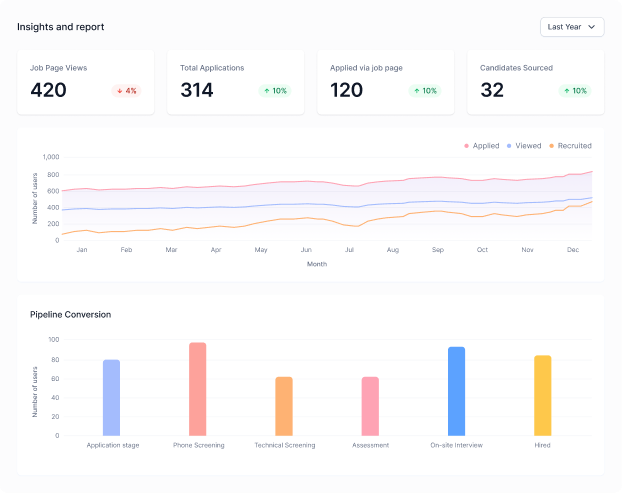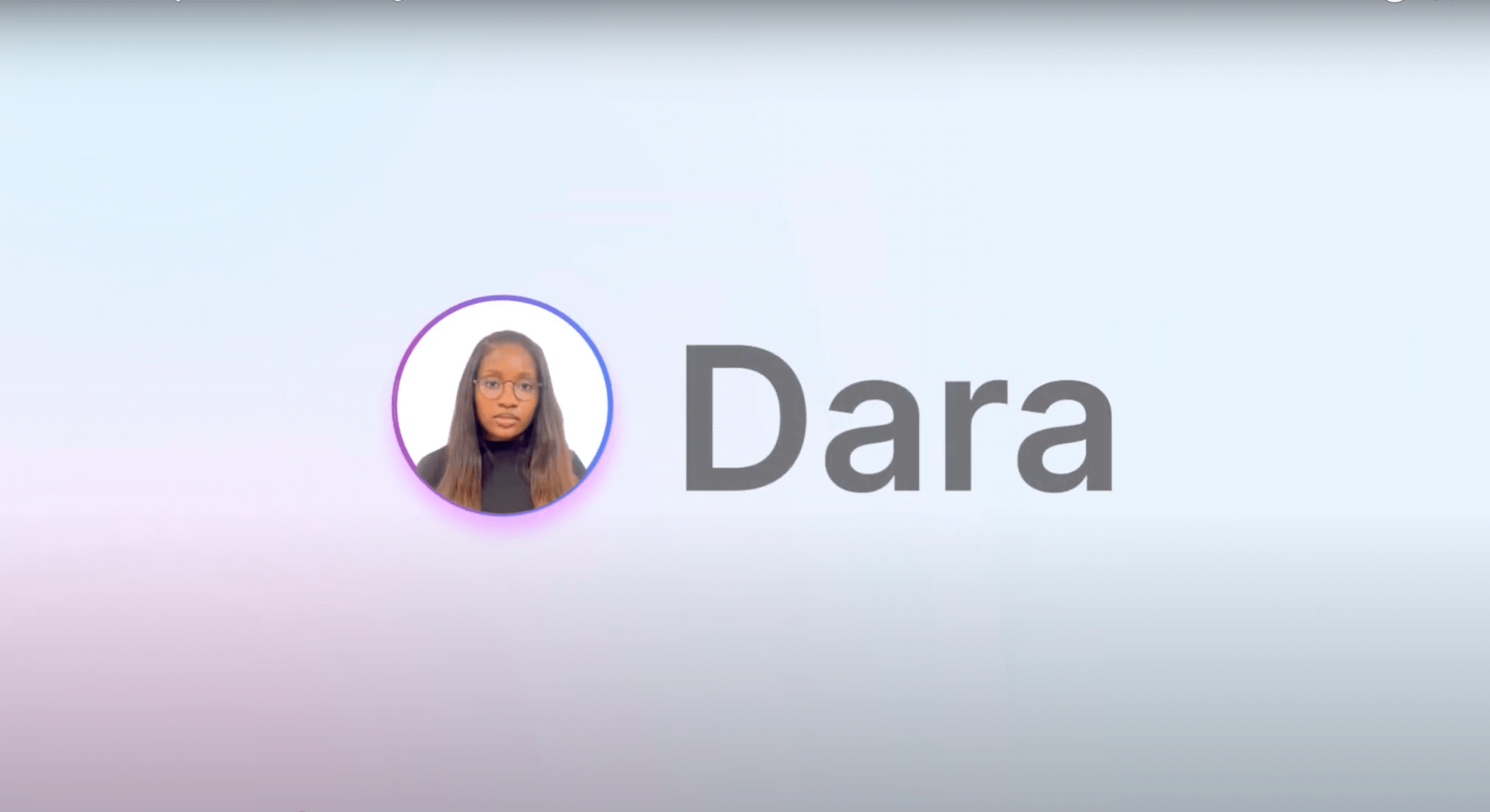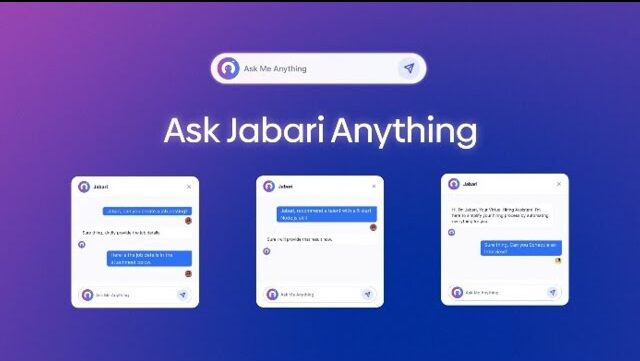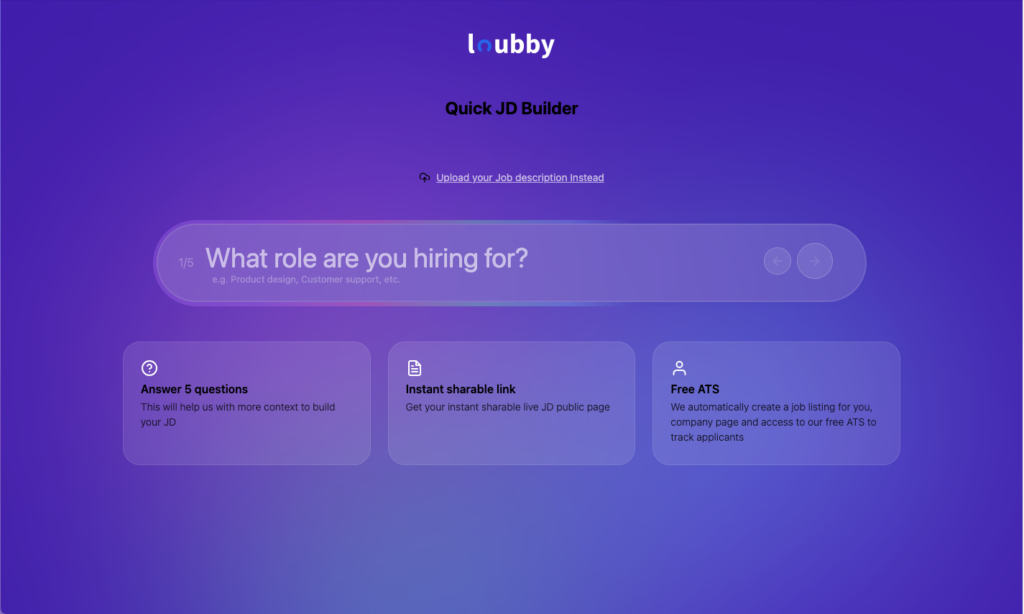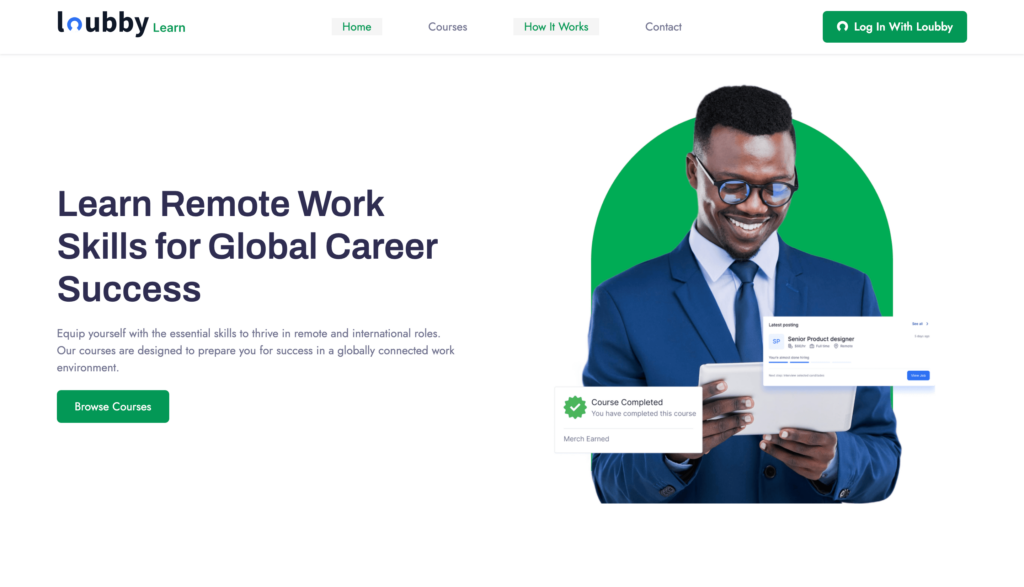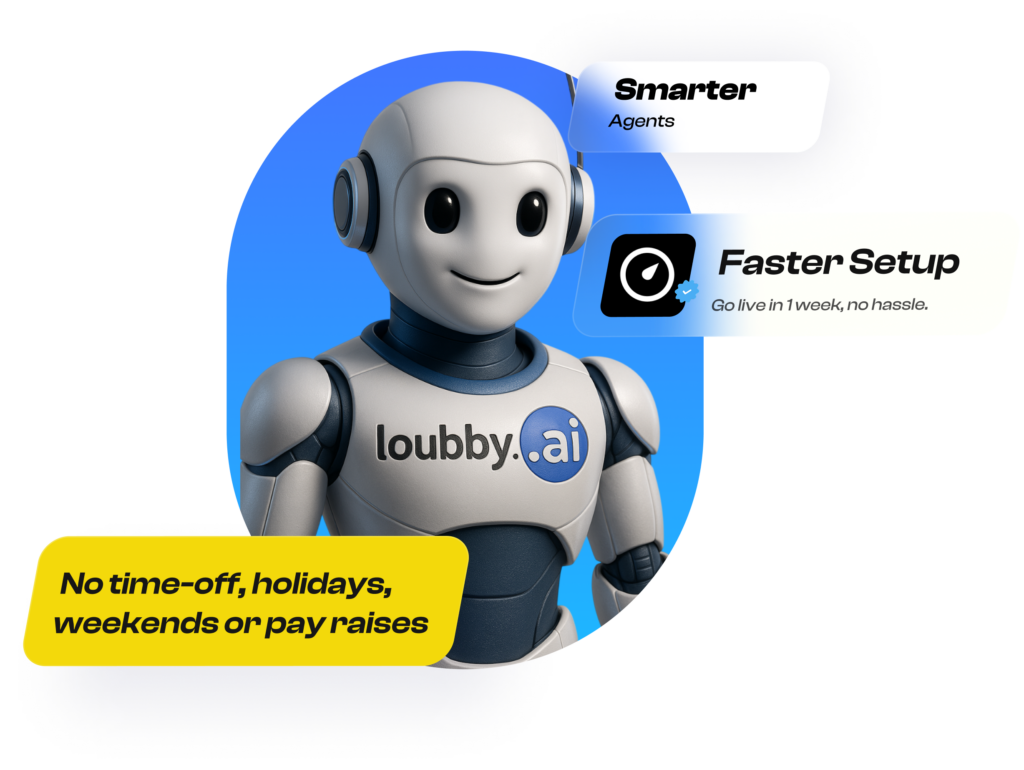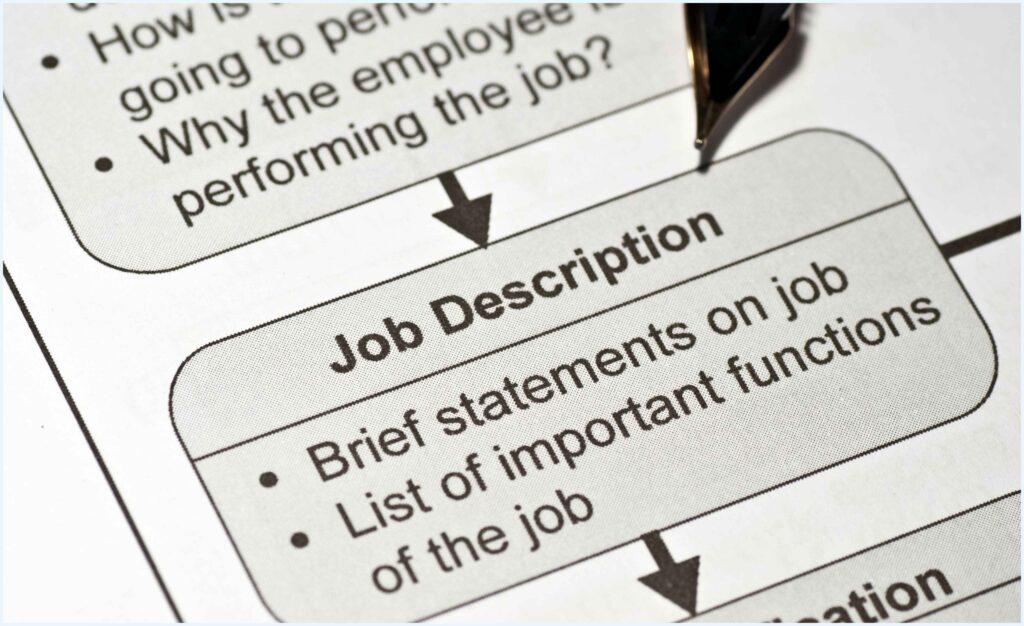If you want to attract a broad range of candidates and meet your company’s diversity goals, knowing how to write inclusive job descriptions is important. When job ads are full of biased language, they push away qualified talent before anyone even applies. This will affect the diversity of your candidate pool and also how your company is viewed by job seekers.
Many companies lose out on great candidates because their job descriptions feel exclusive. Candidates today pay attention to how inclusive and welcoming a job ad sounds. If it feels like it only fits a certain type of person, others who feel like they do not fit the description will scroll past. That kind of exclusion affects your employer brand and slows down the progress you want to make in building a diverse workforce.
This article will give you a clear, straightforward guide on writing job descriptions that invite everyone to apply. You will learn practical steps and useful examples that help remove bias and make your ads stand out for the right reasons. Also, we will show how tools like Loubby AI’s Instant JD Builder simplify the process, saving time and effort while helping you create effective, inclusive job ads faster.
What Makes a Job Description Inclusive?
When you are thinking about how to write an inclusive job description, it helps to know what exactly makes a job ad inclusive. Writing a job description that welcomes everyone requires a careful balance of tone, clarity, and accessibility.
1. The tone needs to be neutral.
This means avoiding language that feels exclusive or pushes certain groups away. You want your message to come across as open and welcoming to all qualified candidates. The tone should be straightforward and respectful, giving a clear idea of what the job is about without sounding too casual or too formal.
2. Clear role expectations matter a lot
Candidates want to know exactly what will be expected of them. That means writing the responsibilities and requirements in simple terms, without unnecessary buzzwords or vague phrases. When people understand the role well, they can see if they are a good fit and feel more confident applying.
3. Avoiding gender-coded language is another important part
Some words subtly suggest the job is meant for men or women only. For example, terms like “rockstar,” “digital native,” or pronouns like “he/she” can make some people feel left out. Using neutral words helps everyone feel invited to apply. Instead of “he/she,” use “they” or rewrite sentences to remove pronouns altogether.
4. The job description must be accessible
This means paying attention to how easy it is to read on different devices, using simple fonts, and including descriptions for any images. Accessibility also means avoiding overly long paragraphs and making sure the layout is clean and easy to follow.
Here are some common mistakes that can exclude people without you realizing it:
- Using words like “rockstar” or “ninja” that may sound fun but can feel unprofessional or off-putting.
- Calling for “digital natives” might discourage older candidates.
- Gender-specific pronouns like “he” or “she” instead of neutral terms.
- Overloading the description with long lists of unnecessary requirements.
- Using jargon or acronyms without explaining them.
To give a quick example, consider these changes:
| Biased Phrase | Inclusive Alternative |
|---|---|
| Rockstar developer | Experienced developer |
| Must be a digital native | Comfortable with technology |
| He/she will manage | They will manage |
Focusing on these details helps make your job ads more inviting to a wider range of candidates. When you master how to write inclusive job description content, your hiring process will naturally attract diverse and talented people.
How to Write Inclusive Job Descriptions (Step-by-Step)
First, start with the “why” behind the role. Explain clearly why the job exists and how it fits into the bigger picture of the company. This helps candidates understand the purpose and see how their work will matter. Instead of jumping straight into tasks, give context that connects to your company’s goals.
Next, describe responsibilities without using unnecessary words. Many job ads confuse people with complicated terms. Write in plain language. Say what the candidate will do day to day. This approach makes your listing clearer and more welcoming to people from different backgrounds.
Then, state qualifications honestly without setting unnecessary barriers. Too often, job descriptions list long wish-lists of “must-have” skills that discourage strong candidates who might not tick every box. Focus on the true essentials and separate them from nice-to-haves. This invites more people to apply and encourages growth.
Use inclusive pronouns and job titles throughout. Replace “he” or “she” with “they” or “you.” Choose job titles that do not suggest any gender or age bias. Small language choices like these send a big message about who belongs.
Highlight your company’s stance on diversity, equity, and inclusion (DEI). Share any benefits or policies that support a fair workplace. This builds trust and shows your commitment beyond words. Candidates are more likely to apply when they feel your company respects differences and supports everyone.
What to Do After You Post an Inclusive JD
Writing an inclusive job description is just the first step. After you post it, the work continues to make sure the process stays fair and open. To get the best candidates, start by promoting your job in spaces that attract diverse talent. This means sharing your listing on job boards and community groups where underrepresented groups gather. These places are often overlooked but can bring in fresh, skilled people who might not see your ad otherwise.
Next, be ready to evaluate applications without bias. That means looking closely at each candidate’s skills and experience, not their background or anything that isn’t related to the job. This kind of fair review helps keep your hiring process honest and open to everyone.
Tools like Loubby’s Applicant Tracking System (ATS) make this easier. The ATS helps you organize and track applications without showing you information that could lead to bias. It keeps things straightforward, so you can focus on who fits the role best.
Conclusion
Inclusive job descriptions open doors to a wider pool of talent and bring in candidates who fit the role better. When you write with fairness and clarity, you give your company a chance to attract people who might otherwise scroll past your listing.
Loubby AI’s JD Builder guides you every step of the way, making sure your job descriptions are fair and inviting from the very first word. With this kind of support, inclusive hiring becomes part of your process, not just a one-time effort.
Take the next step and try Loubby’s JD Builder for free. See how easy it is to start your inclusive hiring journey. If you want to explore more, you can also book a demo with Loubby AI to learn how the platform helps you manage applicants fairly and keep your hiring process smooth.
